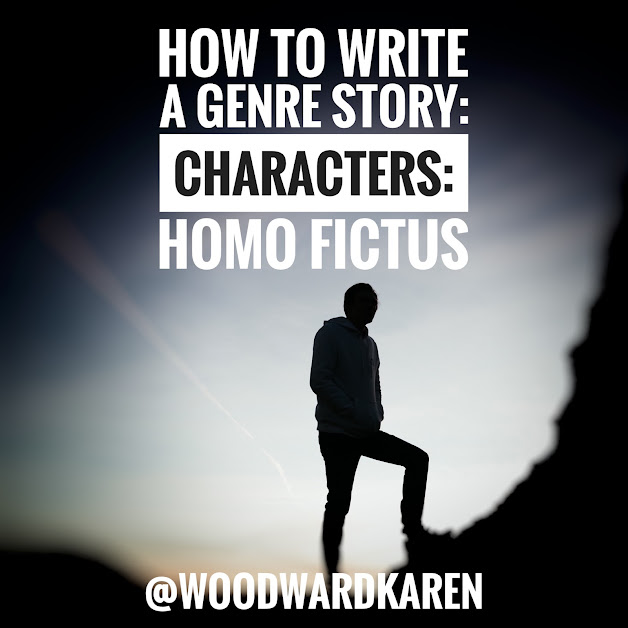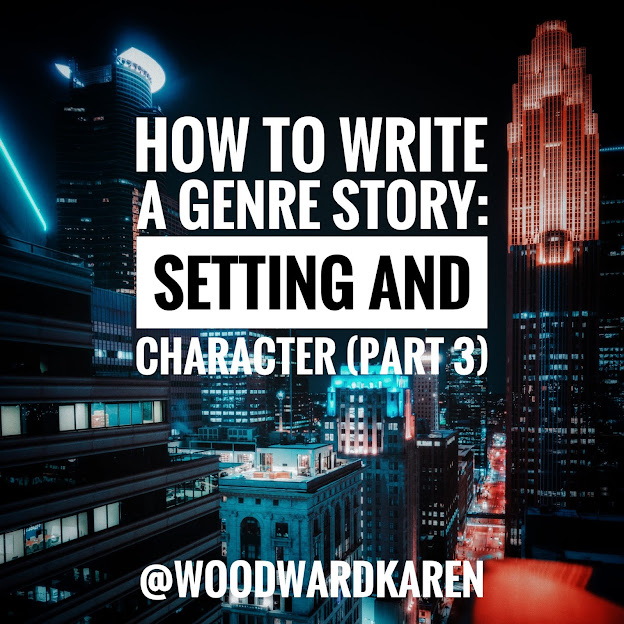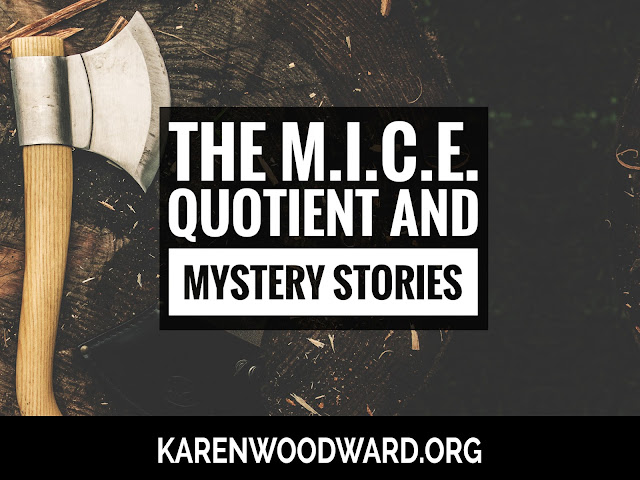Characters--Homo Fictus--are the raw material from which stories are created, but who are these entities who populate our stories and how do they differ from flesh-and-blood people?
Homo Fictus
Characters can be viewed as a pseudo-species of humans that differ from their flesh-and-blood counterparts in at least three respects.
1. Characters are fathomable, understandable. Humans aren't.
I'm not suggesting that great characters, outstanding characters, don't have contradictory desires or goals. All the best characters do.
One of the most interesting characters I've come across is Walter White from Breaking Bad. What are his two main drives? To take care of his family and to make is mark on the world. He wants to unleash his intellect and, no matter the consequence, show the world what he can do.
These two desires--to provide for his family and to be remembered--often come into conflict and drive the story forward. And we easily understand this clash of motivations.
Humans, though, can be truly unfathomable. We want one thing one minute and then the opposite the next. I’ve gone into an ice cream shop with a friend convinced that regardless of what my friend wanted I was not going to buy an ice cream cone...and walked out with an ice cream cone.
Humans can be flaky, their goals can and do change on a whim and they make bad decisions in silly ways that aren't interesting.
How well do you know your friends and neighbours? If you think you know them pretty well, think about how many times you've heard the neighbors of a serial killer say, "He seemed like such a nice man."
The key point here is not that characters shouldn't have contradictory drives or desires--they should!--it is that readers must be able to understand them. As a story progresses we need to see more of a character’s layers. Although I may revise my initial judgement about a character, by the end of the story I must feel that I understand her. Not necessarily approve or condone, but understand. I must be satisfied that the kind of choices a character made were a result of the kind of person she was.
For a character to be interesting and memorable she must be fathomable. If she isn't, the reader will become bored, turn away from the story and find something more engaging to do.
2. Characters are exceptional; most humans aren't.
Granted, not all characters are exceptional, but every character I've fallen in love with, every character that has lingered with me after the page on which they were introduced, has been.
To understand the importance of this let's look at what Dwight V. Swain calls a trait, or a tag of attitude (for more about this read Swain's book, Techniques of the Selling Writer). A tag of attitude is a behavioural quirk or disposition. He writes:
"The key thing to remember about tags is that their primary purpose is to distinguish . . . to separate one character from another in your reader’s eyes."
For example, on the show Monk, the lead--Mr. Monk, played by Tony Shalhoub--is a former police detective with an obsessive-compulsive disorder whose main goals in life are to find his wife's killer and to get back on the police force. As a character, Mr. Monk is mostly unexceptional. His wardrobe is bland, his culinary tastes are bland, and his personality is bland.
So, why did so many people--myself included--love the show? Mr. Monk is exceptional in two ways: he is fanatical about cleanliness (as well as orderliness) and he is the best detective in the world. His core skill (or trait/tag of attitude) is that he notices absolutely everything in his environment regardless of whether it's important, something that is both (and this is Mr. Monk’s catchphrase) a gift and a curse.
3. Humans are infinitely complex, characters aren't.
Fictional human beings are simpler and more goal-oriented than ordinary flesh-and-blood people. As E.M. Forster writes in Aspects of the Novel:
"But people in a novel can be understood completely by the reader, if the novelist wishes; their inner as well as their outer life can be exposed. And this is why they often seem more definite than characters in history, or even our own friends; we have been told all about them that can be told; even if they are imperfect or unreal they do not contain any secrets, whereas our friends do and must, mutual secrecy being one of the conditions of life upon this globe."
I used to have a gal pal I went to go see movies with, I'll call her Rachel. In general, we had the same taste in movies. After awhile we got to know each other well. I could tell which parts of a movie she'd find funny, which parts she'd roll her eyes at, which parts would make her cry, and so on.
But she continually surprised me. Occasionally, she wouldn't laugh at something I thought she'd think was hilarious or she thought the hero who sacrificed it all for his true love was an idiot, or...well, you get the idea. No matter how well I think I know someone they can surprise me. But this isn't true of a character.
If a character surprises us--for instance when I learnt Keyser Söze's true identity at the end of the movie The Usual Suspects--I looked back through the movie and realized that I'd missed, or misunderstood, quite a few things. The ending made perfect sense. If it hadn't then it wouldn't have been a good ending. In real life, though, endings often don't make a great deal of sense but, hey, that's why we tell ourselves stories! ;)
-- --
Humans are complex. We do unexpected things with unsatisfying results in ways that make little or no sense. That's boring. Or maddening. Often both. Compared to humans, our characters are blessedly simple. They have fewer desires, fewer goals, and the needs they have are more exaggerated and more intense than yours or mine.
Other posts in this extended series (I'm blogging a book):
How to Write a Genre Story: The Index










